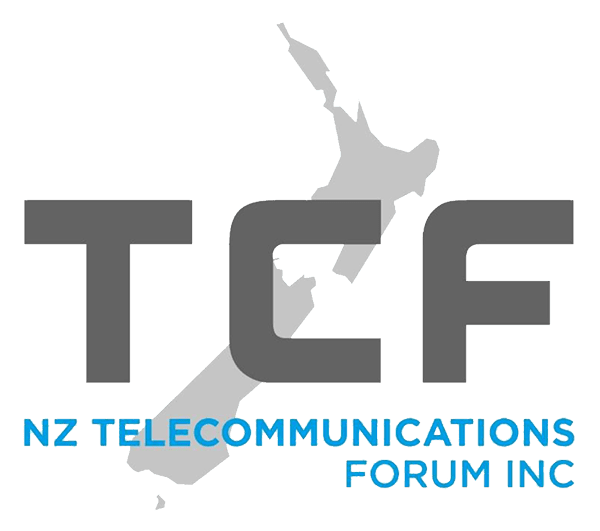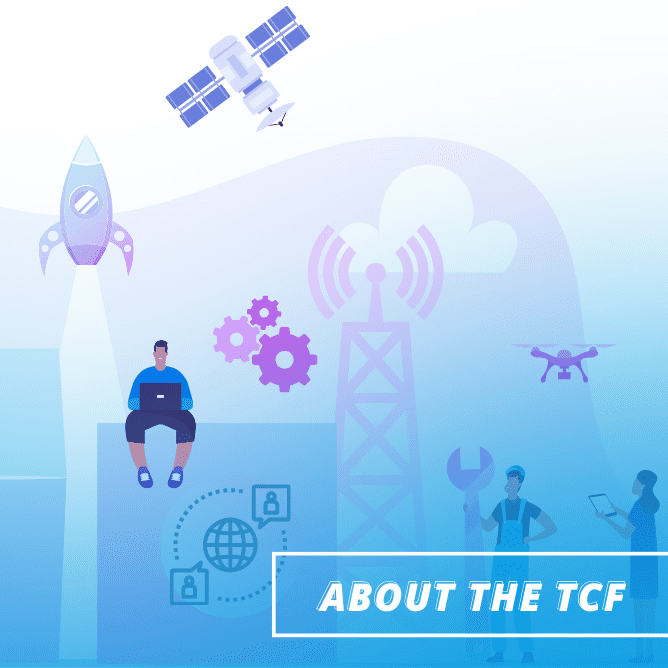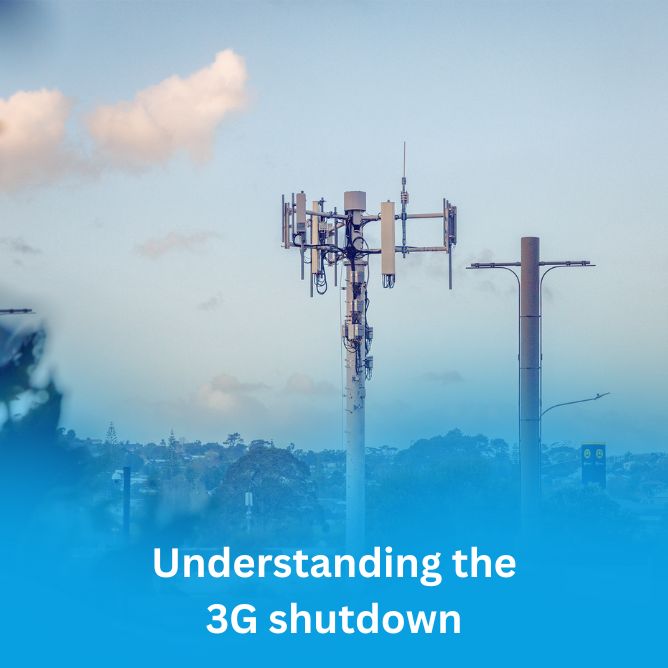The global telecommunications industry is rife with acronyms, technical terms and jargon. Find the meaning of common terminology used within the telecommunication industry below.
| TERM | DESCRIPTION |
| Access Seeker | A retailer of telecommunications services who seeks to access to the services of the incumbent on a wholesale basis. |
| AON | Active Optical Network – a general term that describes any network configuration in which Multiplexors (MUXs), either in a Central Office or a cabinet are used to connect multiple Optical Network Units (ONUs) via dark fibres. |
| CDMA | Code Division Multiple Access – a US developed mobile phone standard. Originally second generation but upgraded to deliver third generation services to compatible handsets. |
| CFH | Crown Fibre Holdings Limited (CFH), established to manage the Government’s $1.5 billion investment in Ultra-Fast Broadband infrastructure. |
| CIR | Committed Information Rate, meaning the rate of data transfer committed by the LFC to be provided as a minimum to end users. |
| CO | Central Office – The termination point for the Local Fibre Company’s (LFC) Network. The Central Office is where the OLTs and/or MUXs (as applicable) are installed. Central Offices are expected to connect to at least several thousand End User premises. |
| Co-location Service | Space and associated services such as power, cooling, access, lighting etc. at the CO. |
| ComCom | Commerce Commission |
| CPE | Customer Premises Equipment, such as routers or wireless modems. |
| cpm | Cents per minute. |
| Dark fibre | Optical fibre physical infrastructure without any active equipment attached. Dark, as it has no source of light inherent in the network design. |
| Download | Data transfer from the Internet to the user. |
| DSL | Digital subscriber line – method of transmitting high speed data and voice simultaneously over a copper phone line. |
| Ethernet | Described by the IEEE 802.3 standards, “Ethernet” is a particular style of data traffic management and formatting for Layer 2 Services, and is increasingly being established as the dominant Layer 2 Service technology throughout the world. |
| ETP | External Terminating Point – an external termination point which is an external box, in which the lead-in cable is connected to the internal building wiring. |
| EUBA | Enhanced Unbundled Bitstream Service – a regulated Layer 2 Service in the New Zealand market today. |
| FTTB / FTTH / FTTP | Fibre To The Business / Fibre To The Home / Fibre To The Premise – generic terms for any broadband network architecture which deploys optical fibre all the way to the relevant end-user premise. |
| FTTC / FTTN | Fibre To The Cabinet / Fibre To The Node – generic terms for broadband network architecture which deploys optical fibre to terminate in a streets cabinet or nodes up to some distance away from end-user premises, with the final connection to end-user premises typically being provided by legacy copper technology. |
| GSM | Global System for Mobile communications – a widely used digital, second generation mobile phone standard. |
| IMEI | International Mobile Equipment Identity |
| IP | Internet Protocol – method that computers use to communicate over the internet. |
| IPMS | Industry Portability Management System |
| ISP | Internet Services Provider |
| ITU | International Telecommunication Union |
| LFC | Local Fibre Company – being an entity in which Crown Fibre Holdings, the Government and a partner will hold shares, and through which the investment of Crown Fibre Holdings and the partner in relation to the Ultra-Fast Broadband initiative will be effected. |
| LLU | Local Loop Unbundling |
| LMNP | Local and Mobile Number Portability |
| MBIE | Ministry for Business, Innovation and Employment |
| MDU | Multi-dwelling unit |
| MTAS | Mobile Termination Access Service – includes mobile-to-mobile termination, fixed-to-mobile termination and termination of SMS messages. |
| MUC | Multi Unit Complex |
| MUX | Multiplexor – a general term used to describe a piece of network equipment that terminates many dark fibres in an Active Optical Network (AON) configuration, and is installed in centralised locations within the LFC business. |
| MVNO | Mobile Virtual Network Operator – an operator that provides mobile phone service but does not have its own licensed frequency allocation of radio spectrum, nor does it have the entire infrastructure required to provide mobile telephone service. |
| ONT | Optical Network Terminal – a unit provided to terminate its optical fibre lead-in cable. |
| PABX | Private Automatic Branch Exchange – a business phone system. |
| P-bit | Priority bit(s) – a data traffic priority value between 0 and 7 set in the 3-bit tag field of the C-VLAN-ID and/or S-VLAN-ID fields (both of these fields can carry P-bit values). |
| POI | Point of Interconnect |
| PPP | Point to Point Protocol is a computer network protocol used to transfer a datagram between two directly connected (point-to-point) computers. |
| RG | Residential Gateway – a mass produced piece of network equipment which sits in the home or office, connects to the Layer 2 Service on one side, and to the End User’s equipment on the other.Often referred to as “the modem”. |
| RSP | Retail Service Provider |
| SIM | Subscriber Identity Module – commonly known as a SIM card that contains a microchip that stores data that identifies the user, for use in GSM and compatible 3G mobile phones. |
| SMS | Short Message Service – commonly known as a text messaging, is a service for sending short messages between mobile devices. |
| SOHO | Small Office/Home Office. |
| SP | Service Provider |
| STD | Standard Terms Determination – the terms on which a designated access or specified service must be supplied by access providers to all access seekers 53 requesting the service. |
| TCF | New Zealand Telecommunications Forum Inc |
| TDR | Telecommunication Dispute Resolution Scheme |
| TSO | Telecommunications Service Obligation – an obligation to supply a telecommunications service to groups of end-users who may not otherwise be supplied on a commercial basis or at a price that is considered to be affordable. |
| UBA | Unbundled Bitstream Access – a regulated service giving wholesale access to DSL full speed broadband service although a commercial variant with a slower speed is also available. |
| UBS | Unbundled Bitstream Service – a service no longer regulated that gives wholesale access to Telecom’s DSL broadband service. When regulated, the service had its upstream speed limited to 128 kbps. |
| UCLL | Unbundled Copper Local Loop – wholesale access to the copper line connecting a phone user to the local exchange. |
| UFB | Ultra-Fast Broadband – a broadband service which delivers speeds in excess of 25 Mbps.“For the purposes of the NZ Government’s Ultra-Fast Broadband initiative, having access to UFB is taken to mean the availability of broadband services at a minimum speed of 100 Mbps Downstream (from the Internet to the user) and a minimum of 50 Mbps Upstream (from user to the Internet). Source: Crown Fibre website. |
| UMTS | Universal Mobile Telecommunications System (UMTS) – the 3G successor to the 2G GSM standard. The most common form of UMTS uses WCDMA as the underlying air interface. |
| Upload | Data transfer from the user to the Internet. |
| VoIP | Voice over Internet Protocol – a way of sending voice calls over a data connection like a broadband connection. |
| WAN | Wide Area Network – a computer network covering a broad area, typically crossing metropolitan, regional, or even national boundaries. |
| WLAN | Wireless Local Area Network – a wireless computer network that links two or more devices using a wireless distribution method within a limited area such as a home or school.It may provide a connection to the wider internet. |
| WCDMA | Wideband Code Division Multiple Access – a third generation mobile phone standard often provided as a progression from the GSM standard. |
| WiFi | Technology that allows electronic devices to connect to a wireless LAN (WLAN). |








